The main reason travellers come here is for the large scenic coastal park that runs through to the Leprosy Hospital. For the Vietnamese the area has special significance as the resting place of Han Mac Tu, one of the country's most celebrated love poets. He contracted leprosy and died at the nearby Quy Hoa Hospital in 1940, aged 38. His tomb was recently relocated and is now near the park's entrance.
A garden area that fronts on to the beach around the Leprosy Hospital is called Humane Park and is dedicated to great medical scientists in history including a handful of Vietnamese. It features busts of people like Hippocrates, Pasteur and many we've never heard of.
The hospital dates back to 1929 and was opened by French nuns. It feels more like a very quaint community than a hospital with families living in an interesting collection of villas and kids playing in the streets.
During the Vietnam War, the hospital received patronage from Catholic organisations in the US as well as some US servicemen. A dedication to PFCT Roy Thompson is still visible on one of the buildings.
The hospital is now government run but the nuns are still present on the site.
Travel tips
The entrance to the Ghenh Rang Park, Queen Beach and the Leprosy Hospital complex is right at the southern end of the main beach at Quy Nhon. If you're cycling, expect some big hills. And if you're on foot, expect to spend the afternoon on your feet including those same hills. The views are very nice and most of the path is covered by trees but we estimate it's at least 6 - 8kms return trip. Motorbike may be the best way to visit - either by your own steam or on a xe om (motorbike taxi). We didn't see any cars on the road and assume access is limited.

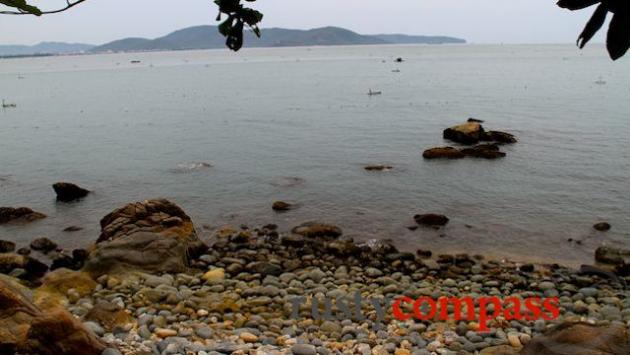
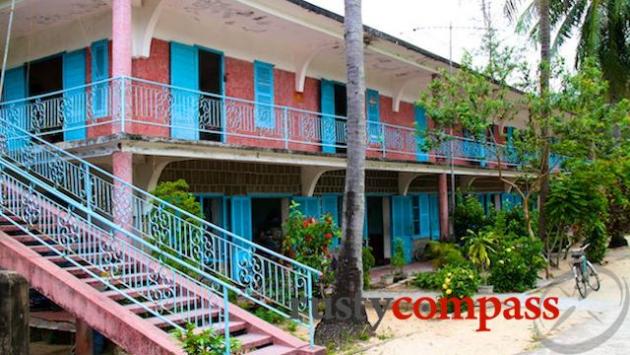

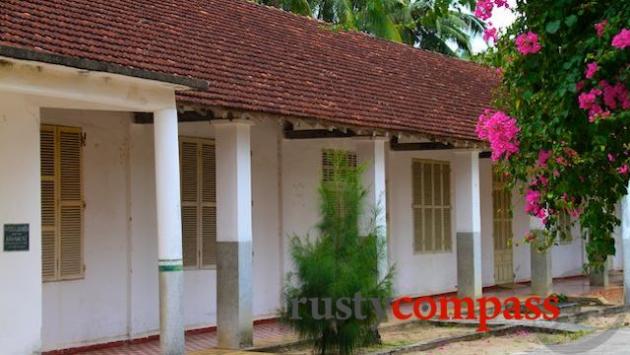
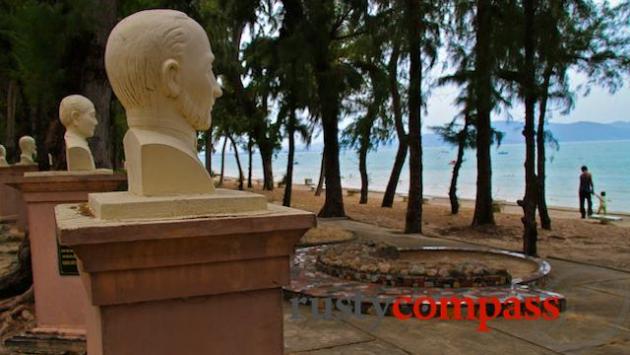
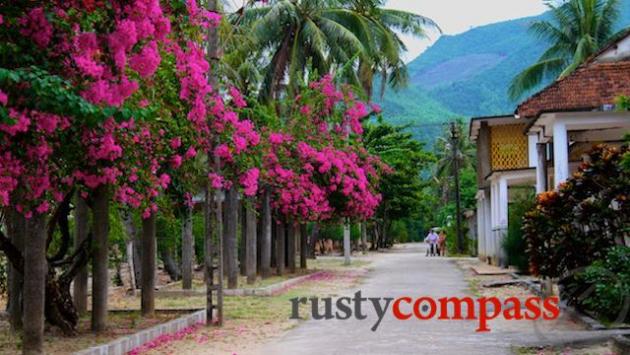






There are no comments yet.